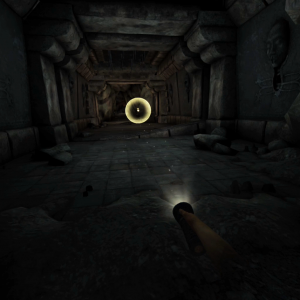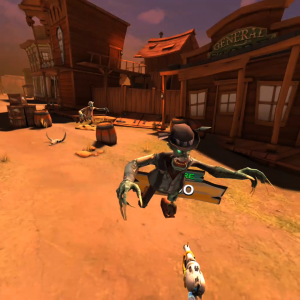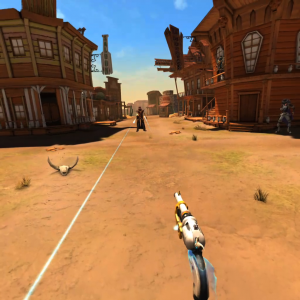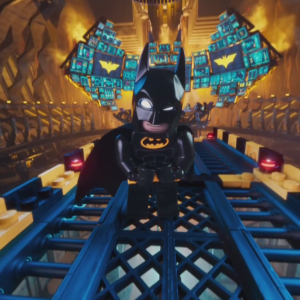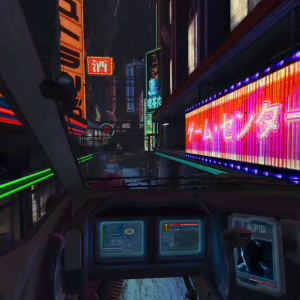VR momentum is building and Facebook’s recent release and current heavy marketing of Oculus Go could and should succeed in bringing VR to a far wider audience. This is a relatively inexpensive self contained unit, requiring a mobile for initial setup then only wifi access to the internet. There is no dependence on external hardware such as a PS4, XBox, High power PC or wrapping a more expensive smartphone with cardboard and lenses. I was expecting some rough edges but the overall experience is pretty impressive.\

Unboxing and first view
It is very neatly packaged and simple to set up. Strapping on the headset, I was impressed at how responsive the view is. There is no noticeable lag from head movement. Some visible banding did make it feel like sitting close to an old CRT, so it is possible to be distracted into viewing the pixels. Glancing around, rather than moving one’s head, results in a blur and a colour shift. Pointing your head at anything you want to look at brings it into focus, but that movement takes a little getting used to.
As someone who needs reading spectacles, this may be a complicating factor in the visual artefacts I described. I have the supplied spacer in place.
The controller (akin to a laser pointer) is impressive. This little AA powered grip, with trigger, touch surface, back button and oculus button is remarkably easy to use. It can be seen in-VR and calibration is quick and simple. – Just point forward, look forward and hold the Oculus button to centre the VR world in front of you.
First application installed – Netflix
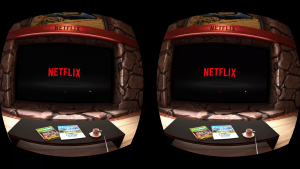
The rendered lounge gave really good first impression of VR. I felt myself reach for the remote and wondered why i couldn’t see my hand. It was painless to set up and connect to my Netflix account. The lounge is neat, and with lighting that dims as you interact with the TV.
But that’s it. I’m not sure of why I would use this to view standard 2d programming. The visual resolution is too low – far less than my conventional TV. Even away from home, I’d find conventional displays such as my laptop or mobile phone offer a far better and more controllable visual quality.
There are a number of UX issues with the app. One such is the swipe action of the controller being inverted from the normal when vertically scrolling through program thumbnails.
Second impression – Samsung VR and behind the scenes of Mission Impossible: Fallout
The first problem with the Samsung VR app is that it requires the user agree to an extremely long set of terms and conditions. I wasn’t aware of the swipe gesture on the controller at this stage, and it was impossible to advance through the text using the laser pointer and trigger. Even had i managed the swipe, from a UX point of view, this kind of document is next to impossible to consume in a VR environment such as this. It is necessary to agree to the terms and conditions to proceed.
Following, more red-tape. Permission requests to access to the Mic to record audio and to access my library of content. I was only expecting to view a video, so I couldn’t understand why the application would be requesting those permissions. No context or explanation is given. They turn out to be optional. But only be hitting ‘deny’ do you find that out – i.e. the application continues to run. There is no obvious indication of what functionality may be lost by denying the app these permissions. So, in my mind there it is clear that UX is in the early stages of research for VR applications.
Once past all of these barriers, the view recorded by stereoscopic cameras anchored to hard points on helicopters recording Tom’s own stunt sequence present an excellent and exciting view. On my first viewing, my internet connection was particularly slow and the resulting compression artefacts detracted from the experience. Any distortion or ghosting around object edges seems far more prominent within a VR environment. The simple trick for crisp clear quality is to download and play back from local storage whenever possible – or subscribe to faster network access.
To be continued…

